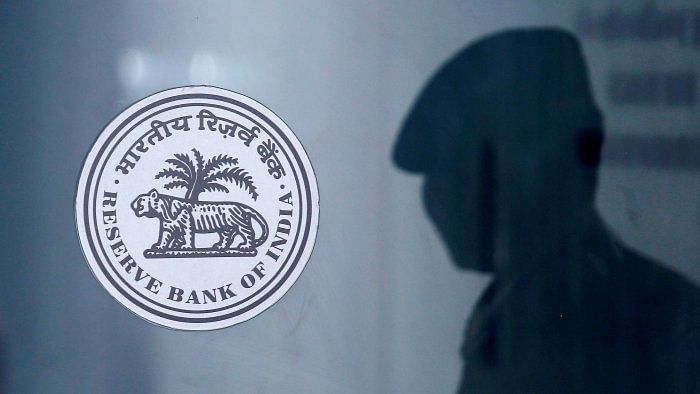
The December bi-monthly Monetary Policy Committee (MPC) meeting saw the members treading a cautious path. All the members, with the exception of Prof. Jayanth Varma, voted to maintain status quo on policy rates and accommodative stance to sustain economic revival while controlling inflation -- a strategy that has remained unchanged for over a year now. The question is: Has the monetary policy achieved the desired short-term goal?
Monetary policy, by regulating policy rates and consequently money supply, liquidity and credit line, is expected to strike a delicate balance between inflation and economic growth, variables that are considered to be inversely related, according to supporters of the much-celebrated Phillips Curve Hypothesis. The monetary authorities increase money supply -- monetary loosening -- to stimulate economic growth, while providing space for price rise, and reduce money supply -- monetary tightening -- to control inflation, while compromising economic growth. The MPC is mandated to recommend policy rates under these theoretical constructs.
Policy rates in the ambit of MPC include repo rate, reverse repo rate, marginal standing facility (MSF) rate, and bank rate. Repo rate is the rate at which RBI lends to banks on overnight basis to avail liquidity to manage regulatory requirements. Reverse repo rate is the rate at which banks lend to the RBI on overnight basis when the latter is required to absorb liquidity. The MSF rate is the rate for overnight borrowing from the statutory liquidity portfolio to enjoy a safety valve against unanticipated liquidity shocks.
Monetary theory postulates that these rates control the velocity of money -- the rate at which money changes hands. Controlling the velocity can impact the balance between inflation and growth. With this background, earlier MPC resolutions recommended reduction in policy rates and proposed an accommodative stance since August 2019 to stimulate the economy, albeit at the cost of inflation.
In the recent meeting, the MPC observed a broad-based recovery as all constituents of aggregate demand indicate expansionary traits. Yet, the pertinent question is: Has the monetary policy been responsible for this ‘perceived’ recovery? The answer is: Negative!
The resilience of rural demand and reduction in dependence on MGNREGA may be attributed to direct transfers from PM-Kisan scheme and resumption of rabi sowing season, respectively. Many of these unorganised sector economic activities are assumed to be sensitive to changes in policy rates, an assumption that is far from the truth. On the other hand, investments, automobile sales, steel consumption and high-frequency indicators that are sensitive to interest rates have shown only a modest improvement, according to the MPC resolution, raising questions about the role and effectiveness of monetary policy.
On inflation, the MPC resolution suggested that both headline and core inflation are facing an upward pressure. Erratic rainfall has damaged crops and raised uncertainty about the harvest scheduled for January, imposing upward pressure on food prices. Further, efforts to mitigate pass-through of rise in global fuel prices have yielded limited success. All these may result in increasing the costs of production, leading to sectoral and overall inflation. Signs of that are visible, with wholesale price inflation hitting 14% in November 2021. The inflation in wholesale prices is bound to transmit to retail prices over time. Yet, the committee seems to have completely neglected the threat of pass-through of inflation from wholesale to retail prices, which will end up burning a hole in the pocket of the common man.
Another area of concern relates to inflation in advanced and other emerging economies. Policymakers in these economies have resorted to monetary tightening. With interest rates in India being lower relative to global rates, outflow of capital will become inevitable. Further, global inflation will also lead to increasing import bills relative to exports, leading to rise in trade deficit. These aspects will increase supply of the Rupee in the forex markets and lead to depreciation of the currency. While these aspects lie well within the ambit of monetary authorities, has the MPC done enough to deal with them?
Other concerns allude to the large surplus in liquidity conditions. Liquidity spiralling out of control will lead to a situation where too much money will chase too few goods, causing inflationary pressures in the economy. While the RBI is attempting to mop-up liquidity through fixed-rate and variable-rate reverse-repo, is it too little or too late?
These observations raise big question marks on the approach followed by the MPC. Is the MPC toeing the Finance Ministry line by providing space for an expansionary fiscal policy due to Assembly elections? Or, is the committee simply pursuing a flawed logic?
(The writer is Professor, School of Liberal Arts, Alliance University, Bengaluru)
Watch the latest DH Videos here: